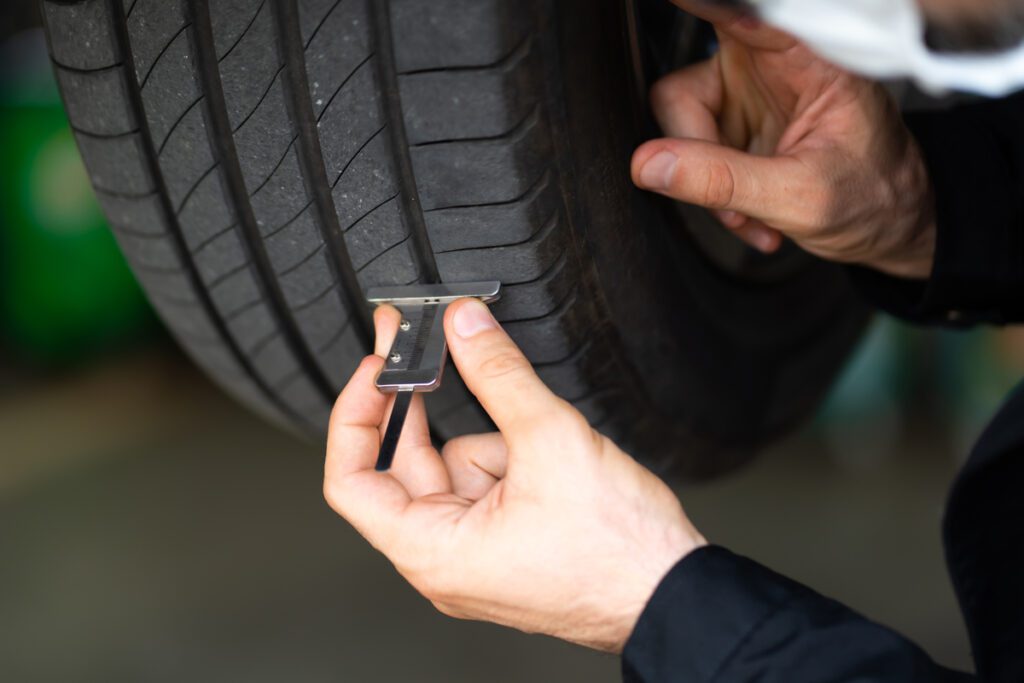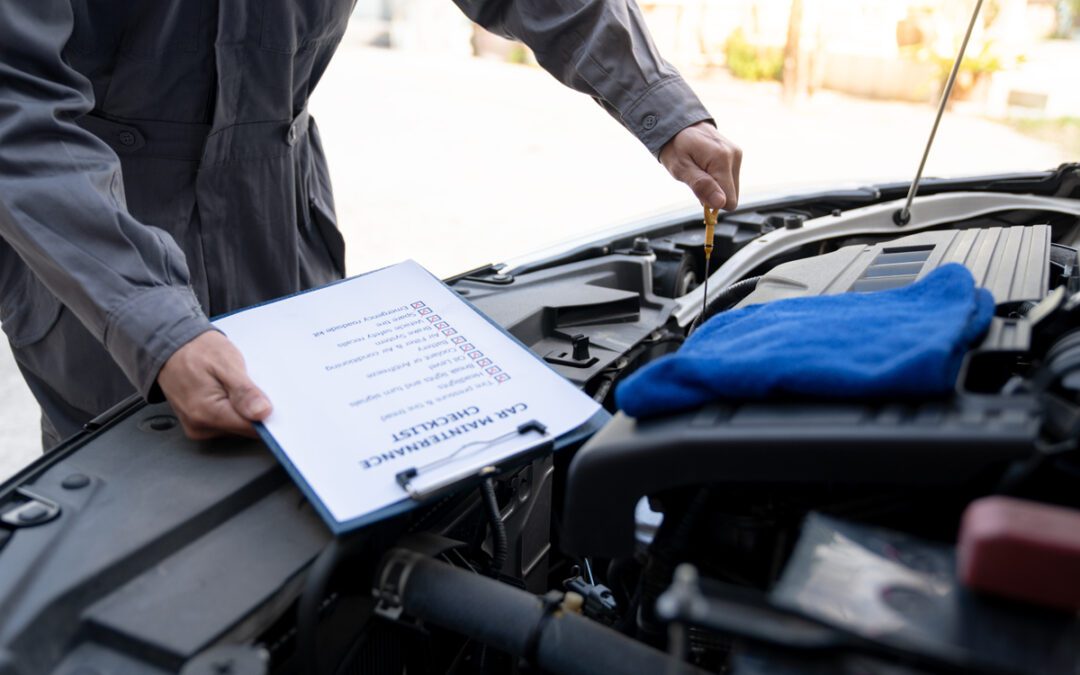The August holidays are a great excuse to head for warmer weather and set off on an adventure with your loved ones to explore our local gems.
But before embarking on any trips, the key to a safe and enjoyable journey isn’t a bag full of sugary snacks, it’s ensuring your vehicle is in top-notch condition.
Whether you own an Isuzu mu-X or D-MAX, taking the time to conduct thorough safety checks can prevent unexpected breakdowns and mishaps on the road. We recommend conducting these checks at least two weeks before you go on holiday so that you have ample time to arrange for repairs if necessary.
Here are a few essential safety checks that everyone should perform before departing on a road trip:
- Tyres and Wheels
Start your safety checks by inspecting your vehicle’s tyres and wheels. Look for signs of physical damage such as wear, cracks or bulges on the tyre sidewalls, and any slow punctures.
Ensure that the tyre pressure matches the manufacturer’s recommended levels, including the spare tyre. Adequate tyre pressure enhances fuel efficiency and stability while driving. The recommended tyre pressure for your vehicle can be found in your vehicle handbook or printed on the driver’s door sill or the inside of the fuel tank flap. Your vehicle manufacturer may recommend various tyre pressures for your front and rear tyres, so be sure to follow their recommendations.
Moreover, check the tyre tread depth to ensure it meets the legal requirements of at least 1mm. Inserting a match horizontally between the treads on the tyre is an easy technique to test this. The tread may still be good if the match is level. If the match protrudes from the tread, it is time to replace it.

- Brakes
Your vehicle’s braking system is crucial for your safety on the road. Check the brake pads and ensure there’s sufficient material left. If you hear squealing or grinding noises when braking, it may be time to replace the pads.
Additionally, inspect the brake fluid level and top it up if necessary. Consult your vehicle’s owner’s manual for the correct brake fluid specifications. If the brake fluid level is low, the dashboard brake warning light will come on. You may also notice that the brake pedal has a “spongy” feel to it.
- Fluid Levels and Leaks
Regularly checking your vehicle’s fluid levels is essential for maintaining its optimal performance. Before checking your fluid levels, park at a flat and level surface, turn off the engine and let it cool down. Check that your vehicle’s fluids are between the maximum and minimum levels, and if they are below the minimum you need to top them up according to the manufacturer’s recommendations.
Before your road trip, the following fluids should be inspected:
- engine oil
- radiator coolant
- transmission fluid
- brake fluid
- power steering fluid
- and even the windshield washer fluid
Also, take the time to check under your vehicle for any visible leaks.
- Lights and Indicators
Ensure that all exterior lights and indicators are functioning correctly. Check the headlights, taillights, brake lights, indicators and hazard lights.
You can also clean the lenses to improve visibility and replace any burned-out bulbs.
- Battery
A reliable battery is essential for starting your vehicle and running electronic devices on the road. Check the battery terminals for corrosion and ensure they are tightly connected.
If your battery is older than three years, consider getting it tested for optimal performance or replacing it.
- Belts and Hoses
Inspect the serpentine belt, or accessory belt, and radiator hoses for signs of wear, cracks or fraying. Faulty belts and hoses can lead to engine damage and overheating, causing potential breakdowns.
Generally, a serpentine belt is checked every 65,000km along with your timing belt, and radiator hoses and hose clamp connections are generally inspected at least twice a year. But should there be any signs of wear or damage, be sure to attend to it before going away on holiday.

- Air Conditioning
A functional air conditioning system is crucial for your comfort during long road trips, but besides comfort, your vehicle’s air conditioner can aid in de-misting your windscreen when it fogs up. Using the air-conditioner in conjunction with the heater will help to dry the glass and ensure it is dry enough in the vehicle that it doesn’t condense on the glass once more.
Check that your air conditioner is working correctly, providing cold air and not emitting any strange odours.
- Suspension and Steering
Check the suspension and steering components for signs of damage or wear. Proper suspension and steering ensure a smooth and stable ride, reducing the risk of accidents.
- Boot essentials
Always have a spare tyre, jack, and lug wrench in good condition before hitting the road. Better yet, ensure you know how to use these tools in case of an emergency.
You should also check that you have battery jumper cables, an emergency warning triangle, safety reflecting emergency vest, and a torch.
10. Additional checks
Seat belts are often overlooked, but we recommend inspecting your seat belts once a year to detect any signs of malfunctioning.
Additionally, if travelling with children, check that your children’s car seats are in good condition and fitted properly.
–
If you see anything out of the ordinary, book a vehicle inspection with a professional. Bring your vehicle into Autoworld, where our team can perform essential safety checks and ensure your vehicle is ready to roll.
For added peace of mind, it is good to know that the Isuzu D-Max and Isuzu mu-X have some amazing safety features such as brake assist, stability control, traction control, driver and passenger airbags, and ABS with EBD braking system.
Happy travels!
